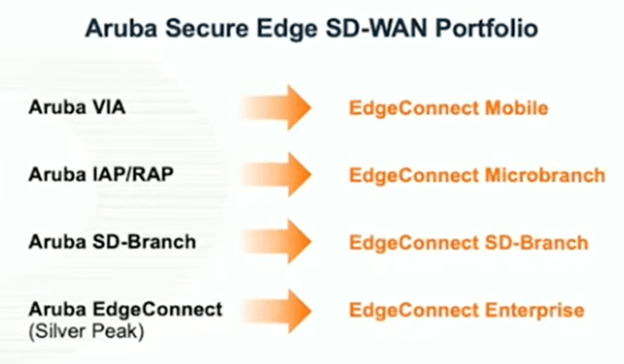
“Making connections, anywhere” was the tagline selected for Aruba Atmosphere ’22. This cleverly summarizes the sweeping shift in the way data is being consumed. The transition was already underway. However due to recent global events, now it is accelerating significantly. Examples of this shift are easily found. Students at all levels of learning began connecting from home to virtual classrooms and retrieving or submitting assignments using cloud-based applications. Employees transitioned in unprecedented numbers to a work-from-home model, requiring easy access to internal resources. Organizations experienced an increase in the number of user-owned personal devices used to connect to corporate networks, adding a mix of various hardware and software for IT teams to support. As organizations embrace the transition, IT teams must find a way to deliver support efficiently and effectively at scale while enforcing consistent policies across diverse sites and device configurations – all while assuring user expectations are met for data consumption.
Some people will argue that none of this is new. Students and employees have long been remotely connecting any time and from anywhere. Student athletes continued their studies remotely when traveling to competitions. Some organizations have had entire sales forces working remotely for years. In theory, office policies required everyone to follow good hygiene and personal responsibility by staying home when sick – but even those employees required flexible remote connectivity while maintaining social distance.
Today, a new business model is required, allowing users, en masse, to connect to a hybrid model with flexibility to access resources from anywhere at any time. Within this new model, users also expect better experiences and increased efficiency. To achieve this, network administrators need to deploy a manageable solution at scale with agility to quickly adapt to changing consumption behaviours. In addition, this solution needs to be secure and reduce the risk of any data compromise or unauthorized access. To meet these requirements with limited resources, administrators need a way to easily and intelligently automate changes based on distributed endpoints and how data is consumed.
Aruba’s wireless architecture was developed years ago with security and scale at the core of its platform. Granular user and device roles were created to identify classes of traffic and control the flow of data via specific rules. Pairing role-based capabilities with a product like ClearPass brought ease of policy management, allowing administrators to apply logic and intelligent dynamic rules to control the consumption of data. The underlying framework for enforcement has long existed across Aruba’s wireless architecture. Introducing a logical overlay to abstract complexity brought flexibility for administrators, ultimately yielding better experiences for end consumers.
It was no coincidence that during the opening keynote, Antonio Neri stated “Data is where the MOST value exists.” Committing to this idea, HPE/Aruba has recently developed several technologies in an attempt to bring data closer to consumers, by extending the cloud closer to the edge. Neri went on to add, “Cloud is not a destination, it is an experience we want to bring.” Aruba’s EdgeConnect SD-WAN Fabric is a core component of delivering on that experience. Access to the SD-WAN fabric can be established at site gateways of all sizes or even from endpoints themselves. Some of this may already sound familiar as some pieces already exist under a different name. For easy reference, the graphic below reflects EdgeConnect SD-WAN name changes.

EdgeConnect allows administrators to easily connect users and endpoints with their applications from anywhere that has an internet connection. Complexity of low-level configuration details are abstracted, allowing administrators to efficiently define services consistent with business-driven security policies. Data flows can be configured to pass through cloud-based security services such as Zscaler or NetSkope for inspection and filtering before forwarding to a final destination. time, all EdgeConnect SD-WAN Microbranch gateways will support the ability to prioritise and forward different applications using different paths over the WAN just as EdgeConnect SD-Branch and Enterprise can do today. Similarly to SD-Branch and Enterprise, future implementations of EdgeConnect Microbranch will use network health information to send latency sensitive applications across a preferred WAN uplink while non-priority applications may be forwarded across an alternate WAN uplink.
People may forget how they connect or where they connect, but they will always remember how the connection experience made them feel. The ArubaEdgeConnect SD-WAN fabric is a sound framework with capabilities that will continue to expand over time, providing the simplicity and flexibility necessary to respond with agility to constantly changing and evolving endpoints. Key to business requirements, EdgeConnect SD-WAN allows enforcement of business-driven logic and security policy while still allowing data to flow. The Aruba EdgeConnect SD-WAN Fabric allows administrators to assure users remember the feeling of making a connection, anywhere and from any device.




